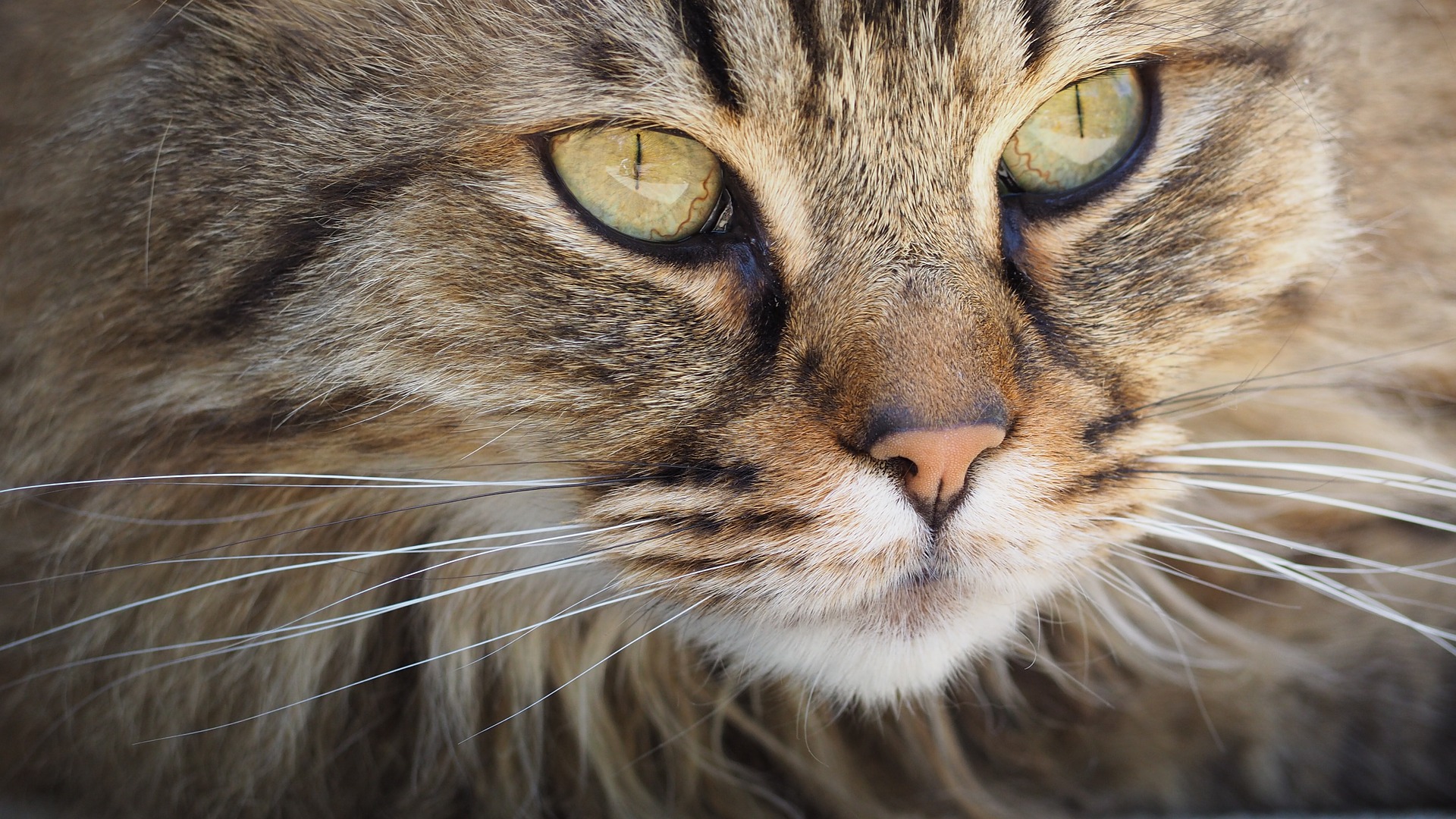
11 Feb What is Tooth Resorption in Cats?
Tooth resorption in cats is a painful and often undiagnosed oral condition. And it’s one of the most common oral diseases seen in felines.
Cats are a prey species as well as a predator species. For this reason, they will often not exhibit any visible signs of pain. As the tooth begins to break down, dentin tubules are exposed—see our blog post on the Anatomy of the Tooth—which leads to pain and infection of the dental tissue. These irritated areas of exposure are known as resorptive lesions.
Resorptive lesions are most commonly detected at the time of a dental cleaning with an oral examination and dental radiographs under anesthesia. This underscores the importance of regular comprehensive dental exams, cleanings and radiographs at least once a year for our feline friends.
Clinical Signs of Tooth Resorption in Cats
Resorptive lesions can occur at any age and in any breed of cat. There is no specific identifiable cause for tooth resorption in cats, but contributing factors such as periodontal disease, Feline Immunodeficiency Virus (FIV), and genetics may be present.
There are different types and stages of tooth resorption in cats depending on the severity and level that is taking place. Common clinical observable signs may include the following:
- Halitosis (bad breath)
- Decrease in appetite
- Consistently going to the food bowl and walking away without eating
- Growling at food
- Change in behavior (grouchiness)
- Dull, matted coat due to decreased grooming
- Reluctance to be pet near the mouth
- Reclusiveness
Many felines may not show any clinical signs due to their stoic and quiet nature, but this does not change the reality that these are very painful oral lesions for our cats.
What Are the Treatment Options for Tooth Resorption in Cats?
Treatment for resorptive lesions is dependent on the severity. Lesions may or may not be detected on the awake oral exam. If periodontal disease is suspected, a COHAT (Comprehensive Oral Assessment and Treatment) should be scheduled.
Evaluation of full mouth dental radiographs in addition to the anesthetized oral exam will aid in determining if extraction work needs to be completed.
Types of Tooth Resorption in Cats
There are two predominant types of tooth resorption, which are Type I and Type II.
In Type I tooth resorption, most of the tooth structure is intact with tooth defects within the crown and/or root. The only treatment for teeth with Type I resorption is surgical extraction.
In Type II tooth resorption, the tooth root is being replaced with bone. Treatment for Type II tooth resorption often involves coronectomy (crown amputation).
Due to the aggressive and progressive nature of tooth resorption in cats, extraction therapy of some type is the only treatment option. Unfortunately, restorative procedures that can be performed on dogs with dental caries (cavities) are not effective for cats with resorptive lesions.
Once tooth resorption is detected in a cat, frequent professional cleanings under anesthesia every 6-9 months are needed. Cats who are diagnosed with even one of these painful lesions are then more likely to develop additional lesions in the future.
If you are looking for a cat dental specialist in Colorado Springs or Castle Rock CO, give our practice a call. Our compassionate and caring veterinary dentists at Animal Dental Care and Oral Surgery would love to ensure your feline friend has optimal oral health through every stage of her life!
Images used under creative commons license – commercial use (2/11/19) Pixaby

